Home>Ideas and Tips>Green Roof Maintenance Tips for Sustainable Roofing Solutions
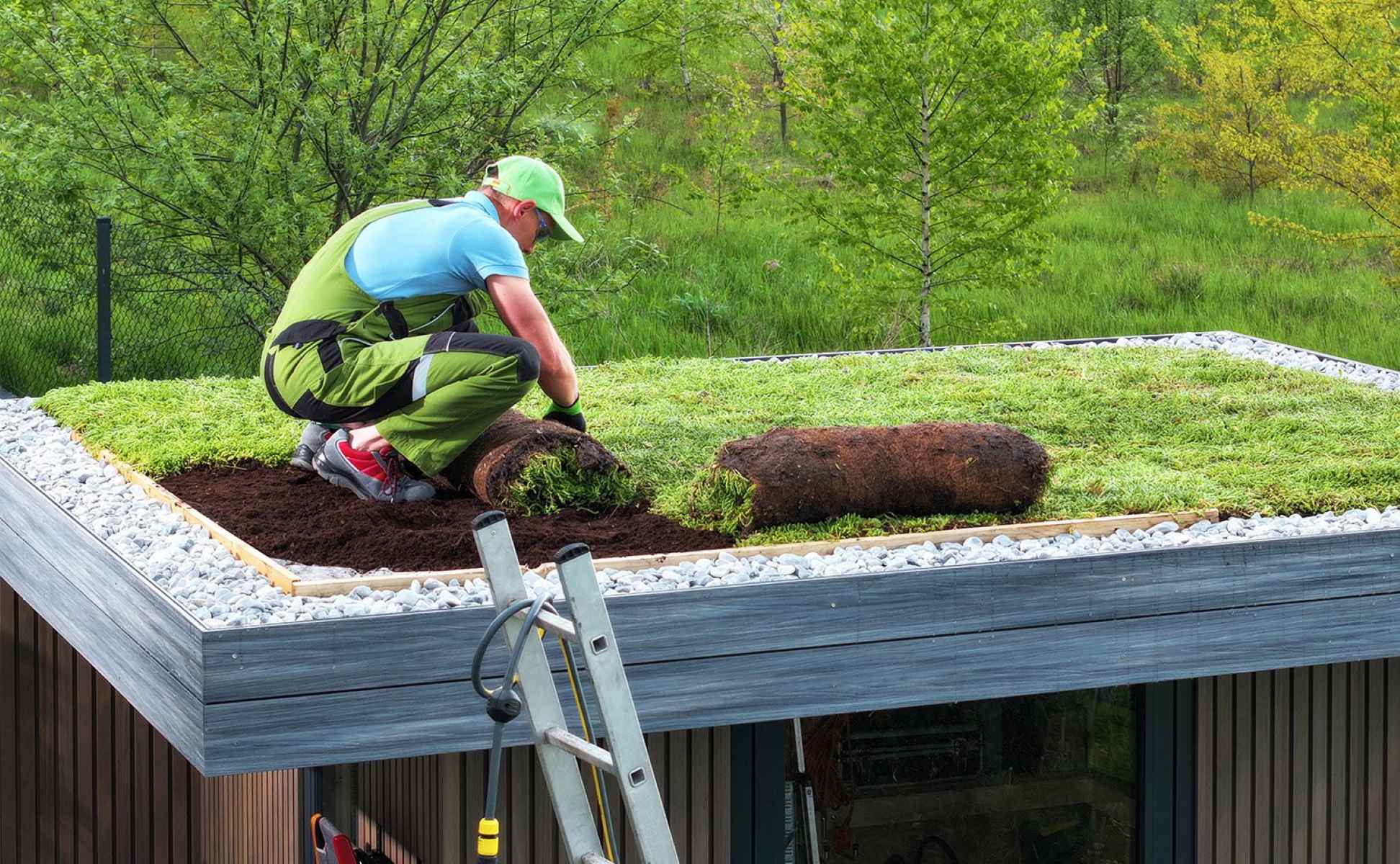

Ideas and Tips
Green Roof Maintenance Tips for Sustainable Roofing Solutions
Modified: October 27, 2024
Discover essential green roof maintenance tips and sustainable roofing solutions to enhance energy efficiency, stormwater management, and urban biodiversity.
(Many of the links in this article redirect to a specific reviewed product. Your purchase of these products through affiliate links helps to generate commission for Storables.com, at no extra cost. Learn more)
Introduction
Green roofs, also known as living roofs or eco-roofs, have become increasingly popular in recent years due to their numerous environmental and aesthetic benefits. These roofs are essentially gardens on top of buildings, providing insulation, reducing stormwater runoff, and enhancing biodiversity. However, maintaining a green roof requires careful planning and regular upkeep to ensure its longevity and effectiveness. In this article, we will delve into the world of green roof maintenance, exploring the essential tips and sustainable roofing solutions that can help you keep your green roof thriving.
Read more: How Is Green Space Sustainable
The Importance of Green Roofs
Green roofs offer a ton of benefits. They provide excellent insulation, which means you won't need to crank up the heat or AC as much. This can lead to significant savings on energy bills and lower greenhouse gas emissions. Plus, they help manage stormwater by soaking up rain, reducing the risk of floods, and improving water quality.
Another cool thing about green roofs is they help cool down the surrounding area, reducing the urban heat island effect. This makes the environment more comfortable. They also support a variety of plants, boosting local biodiversity and providing habitats for wildlife. And let's not forget, they look pretty awesome, adding a touch of nature to urban landscapes.
Planning Your Green Roof
Planning a green roof right from the get-go is super important. Here are some steps to consider:
-
Consult with Professionals:
- It's a good idea to talk to both an architect and a landscape architect or green roof specialist. They can help design a green roof that meets your needs and is structurally sound.
-
Define Your Objectives:
- Be clear about what you want from your green roof. Do you want a lighter green roof with less weight or a larger one with trees? This will guide the design process.
-
Assess the Building's Capacity:
- Figure out the maximum weight the building can support. If the roof can't handle the weight of a green roof, it might need to be reinforced before construction starts.
-
Choose the Right Plants:
- Pick plants that are suitable for your climate and the specific conditions of your roof. Different plants have different needs for water, sunlight, and maintenance.
-
Consider Local Regulations:
- Get familiar with local building codes and regulations related to green roofs. Compliance is crucial to avoid costly delays or fines.
The Process of Installing a Green Roof
Once you've planned your green roof, it's time to start the installation process. Here’s a step-by-step guide:
-
Design the Skeleton of the House:
- The architect will design the skeleton of the house, including any necessary structural modifications to support the weight of the green roof.
-
Design the Green Roof:
- The landscape architect or green roof specialist will design the green roof, taking into account factors such as climate, rainfall percentage, temperature changes, and specific site conditions.
-
Install Drainage Layers:
- A drainage layer is essential to prevent water from accumulating on the roof. This layer should be designed to allow water to drain efficiently while also providing a stable base for the plants.
-
Add Insulation Layers:
- Insulation layers help maintain a stable temperature inside the building and reduce heat transfer between the interior and exterior.
-
Plant Selection and Installation:
- Once the drainage and insulation layers are in place, it’s time to plant. Choose plants that are suitable for your climate and ensure they are properly installed with adequate soil depth.
-
Final Touches:
- After planting, add any final touches such as mulch or decorative elements to enhance the aesthetic appeal of your green roof.
Maintenance Tips for Green Roofs
Keeping a green roof in tip-top shape is key. Here are some essential maintenance tips:
-
Watering:
- Green roofs need regular watering, especially during hot summer months when plants may require more moisture. However, overwatering can lead to root rot and other issues, so it’s important to monitor soil moisture levels carefully.
-
Trimming and Pruning:
- Regular trimming and pruning are necessary to keep plants healthy and prevent them from becoming too dense or overgrown. This also helps maintain good air circulation around the plants.
-
Replanting:
- Depending on the climate, some plants may need to be replanted annually or bi-annually. This ensures that the roof remains lush and vibrant throughout the year.
-
Drainage Checks:
- Regularly check the drainage system to ensure it is functioning properly. Clogged drains can lead to water accumulation on the roof, which can cause damage to both the plants and the underlying structure.
-
Specialist Visits:
- It’s recommended to book a specialist’s visit about twice a year to check if everything is running smoothly and make any necessary adjustments or repairs.
-
Regular Inspections:
- Schedule periodic inspections to identify any signs of damage, leaks, or wear and tear. Early detection can prevent minor issues from turning into major problems, reducing the need for extensive repairs or roof replacement.
-
Adequate Ventilation:
- Ensure your roof has adequate ventilation to minimize moisture buildup and reduce the risk of mold and mildew growth. Proper ventilation helps regulate indoor temperature, reducing the need for excessive air conditioning and saving energy.
Read more: How To Create A Green Space On A Roof
Sustainable Roofing Materials
Choosing sustainable roofing materials is crucial for reducing environmental impact and promoting resource conservation. Here are some eco-friendly options:
-
Recycled Shingles:
- Recycled shingles are made from recycled products like rubber, plastic, and wood fiber waste. They are durable and long-lasting, reducing landfill waste and decreasing the demand for new raw materials.
-
Metal Roofing:
- Metal roofing made from reclaimed materials is another sustainable option. It’s durable, recyclable, and often energy-efficient, reducing the demand for new materials and promoting a circular economy.
-
Cool Roofing:
- Cool roofs are designed to reflect sunlight and absorb less heat than traditional roofing materials. These roofs are typically made with reflective materials or coatings that minimize heat absorption, reducing cooling needs and alleviating the urban heat island effect.
-
Solar Panels:
- Integrating solar panels into your roofing system can provide clean energy and reduce your carbon footprint. Solar panels use non-conventional energy sources, eliminating the use of fossil fuels and reducing greenhouse gas emissions.
Rainwater Harvesting Systems
Rainwater harvesting systems are an essential trend in sustainable roofing practices. These systems collect and store rainwater runoff from the roof, which can then be used for various purposes such as irrigation, flushing toilets, or even drinking water with proper filtration.
Benefits of Rainwater Harvesting
-
Water Conservation:
- Rainwater harvesting reduces water consumption by utilizing rainwater instead of municipal supplies.
-
Reduced Stormwater Runoff:
- By collecting rainwater on-site, you reduce the amount of stormwater that enters the drainage system, minimizing the risk of flooding and improving water quality.
-
Cost Savings:
- Using rainwater for non-potable purposes like irrigation or flushing toilets can significantly reduce your water bills.
-
Environmental Benefits:
- Reducing the amount of stormwater entering the drainage system helps protect local waterways from pollution and erosion.
Conclusion
Maintaining a green roof is not only beneficial for the environment but also for your wallet. By implementing eco-friendly practices and maintaining your roof effectively, you can extend its lifespan while reducing energy consumption. Whether you're planning to install a new green roof or already have one in place, following these maintenance tips and choosing sustainable roofing materials will ensure that your roof remains a thriving oasis for years to come.
In conclusion, green roofs are an excellent way to enhance both the aesthetic appeal and sustainability of your home. With proper planning, installation, and maintenance, these roofs can provide numerous benefits ranging from energy efficiency to biodiversity enhancement. By embracing sustainable roofing solutions and incorporating practices like rainwater harvesting, you can contribute positively to environmental sustainability while enjoying a healthier living space.
Read more: How To Build A Green Roof On A Shed
Additional Resources
For those interested in learning more about green roofs and sustainable roofing practices, here are some additional resources:
- CityChangers.org: This website provides detailed guides on how to green and maintain your roof, including tips on choosing the right plants and regular maintenance schedules.
- Deschutesroofing.com: This site offers insights into the impact of green roofs on the environment and beyond, including expertise in roofing systems, compliance with building codes, and access to quality materials.
- GreenCityTimes.com: This article explores eco-friendly strategies for roof repair and sustainability, highlighting the importance of sustainable roofing materials like recycled shingles and metal roofing.
By staying updated with the latest trends and best practices in sustainable roofing, you can make informed decisions that not only benefit your home but also contribute positively to environmental sustainability.
FAQs
1. Which roofing options are the most environmentally friendly?
Some of the greenest roofing options include recycled roofing shingles, metallic roofing, cooler roofing, and green roofing. These materials are durable, energy-efficient, and environmentally friendly compared to conventional materials used in roofing.
2. What should I do to add solar panels to my roof repair project?
Incorporating solar panels into your roof repair involves mounting them on the roof to capture solar power. Consult a professional solar installer to determine where to place the panels and what type to buy. This can lower energy consumption and contribute to eco-friendly technologies.
3. Does it cost more to install an environment-friendly roof?
Most sustainable roofing systems require a higher initial investment compared to traditional roofing materials. However, they cost less in the long run due to their durability, energy efficiency, and low maintenance costs. The gains realized in the long run usually accompany more gains and fewer costs than those incurred in the initial stages of the process.
By understanding these tips and embracing sustainable roofing solutions, you can create a more environmentally conscious and cost-effective home that benefits both you and the planet.
Was this page helpful?
At Storables.com, we guarantee accurate and reliable information. Our content, validated by Expert Board Contributors, is crafted following stringent Editorial Policies. We're committed to providing you with well-researched, expert-backed insights for all your informational needs.
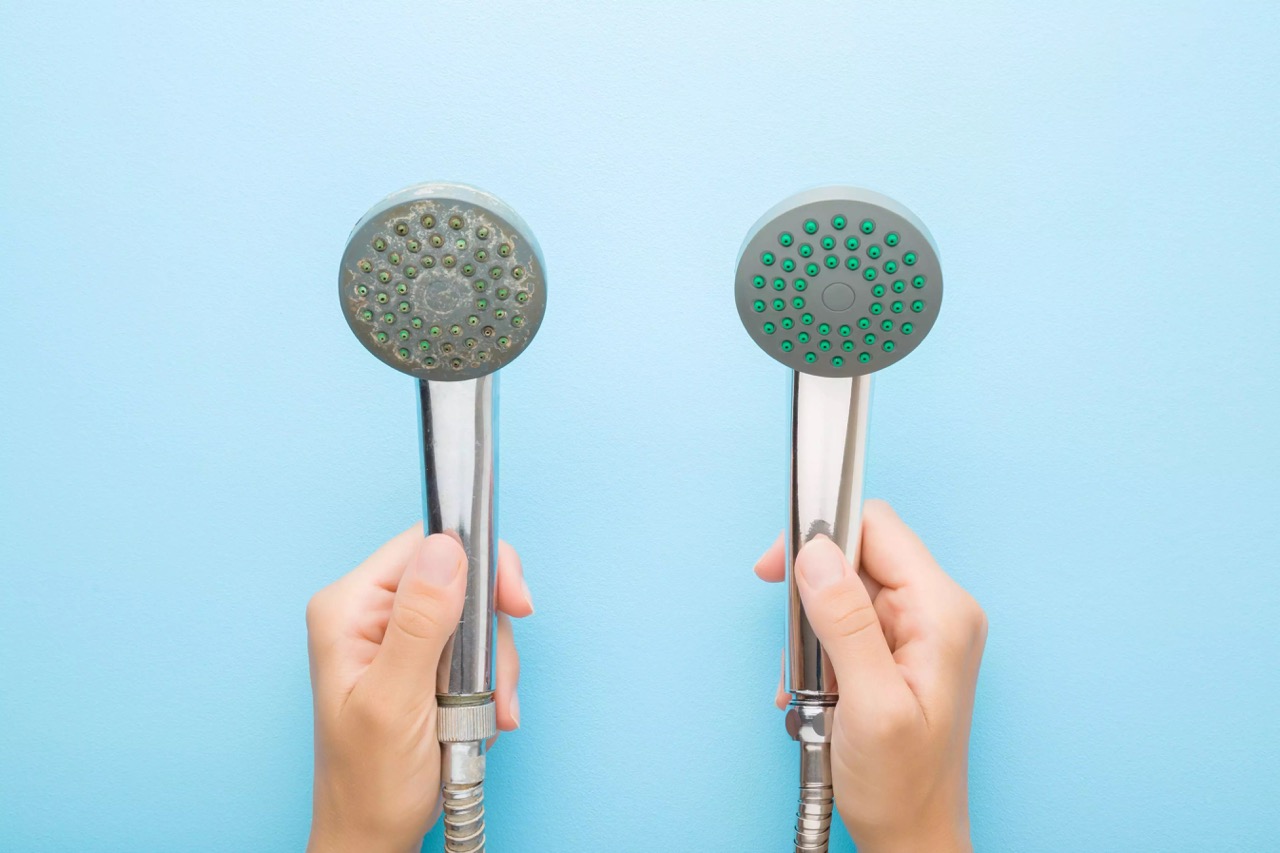
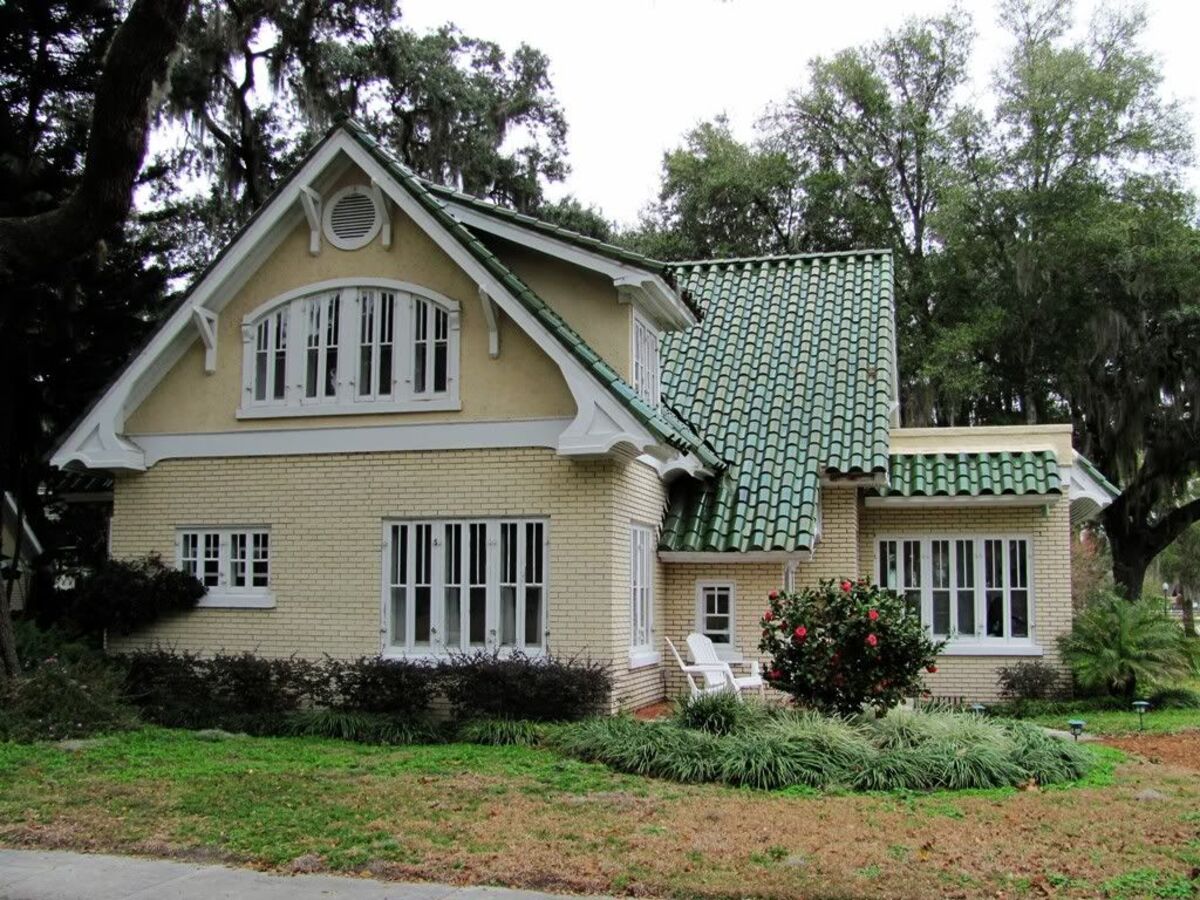
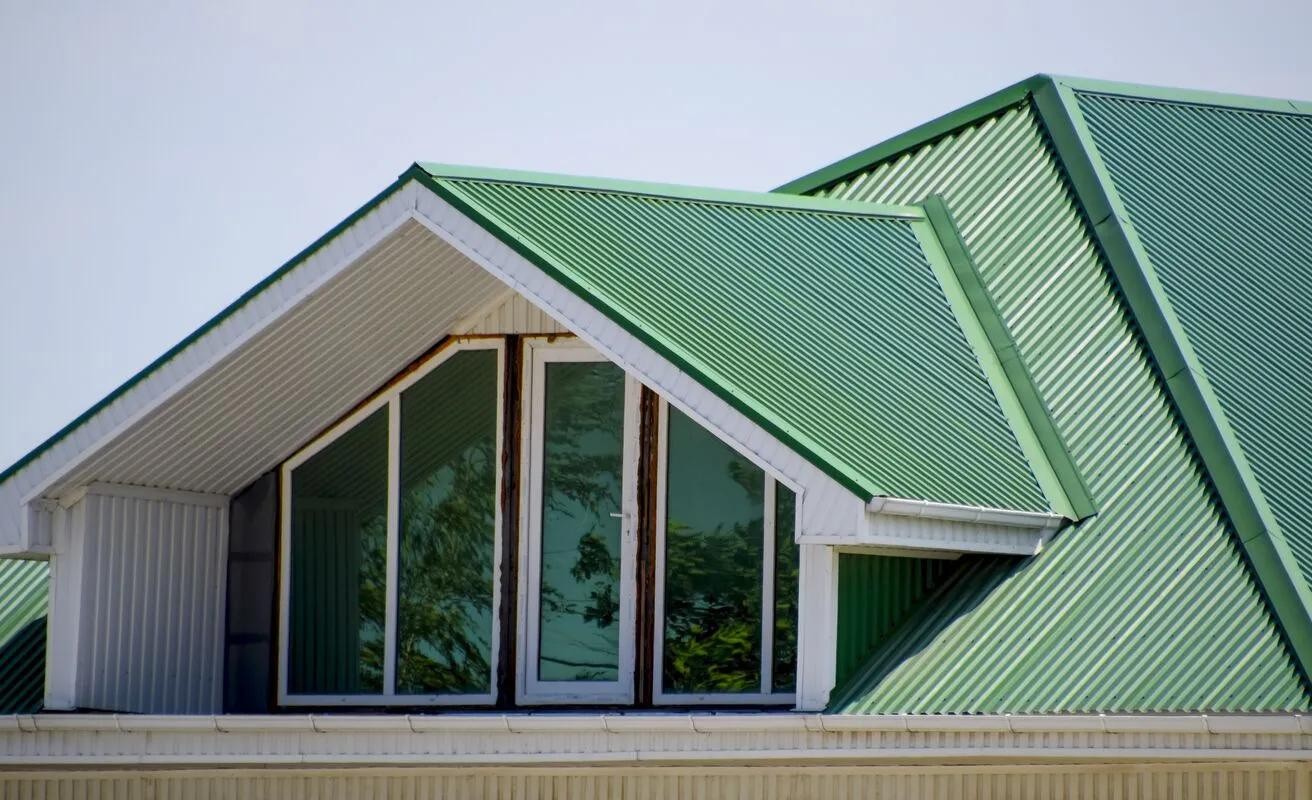
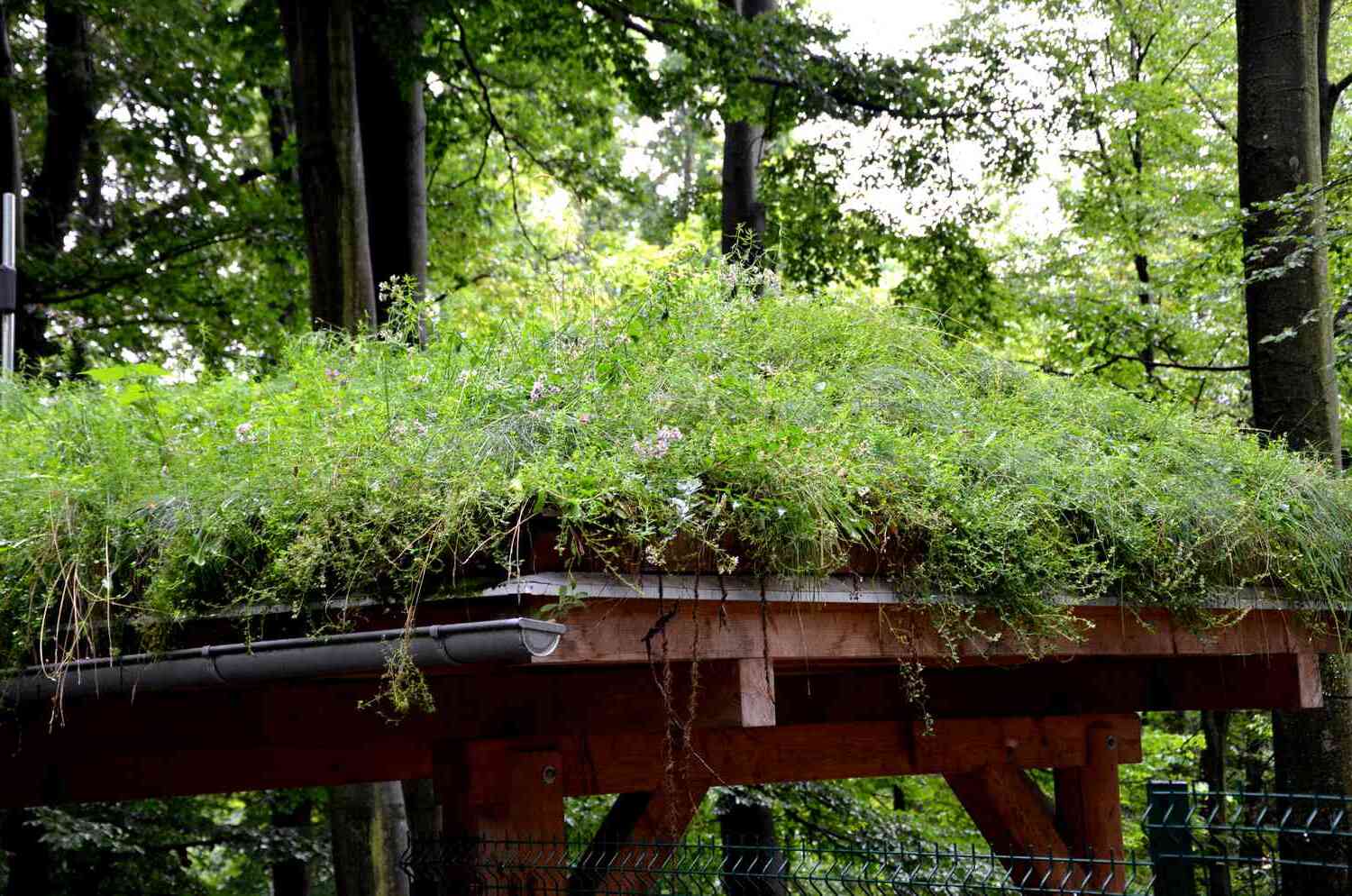
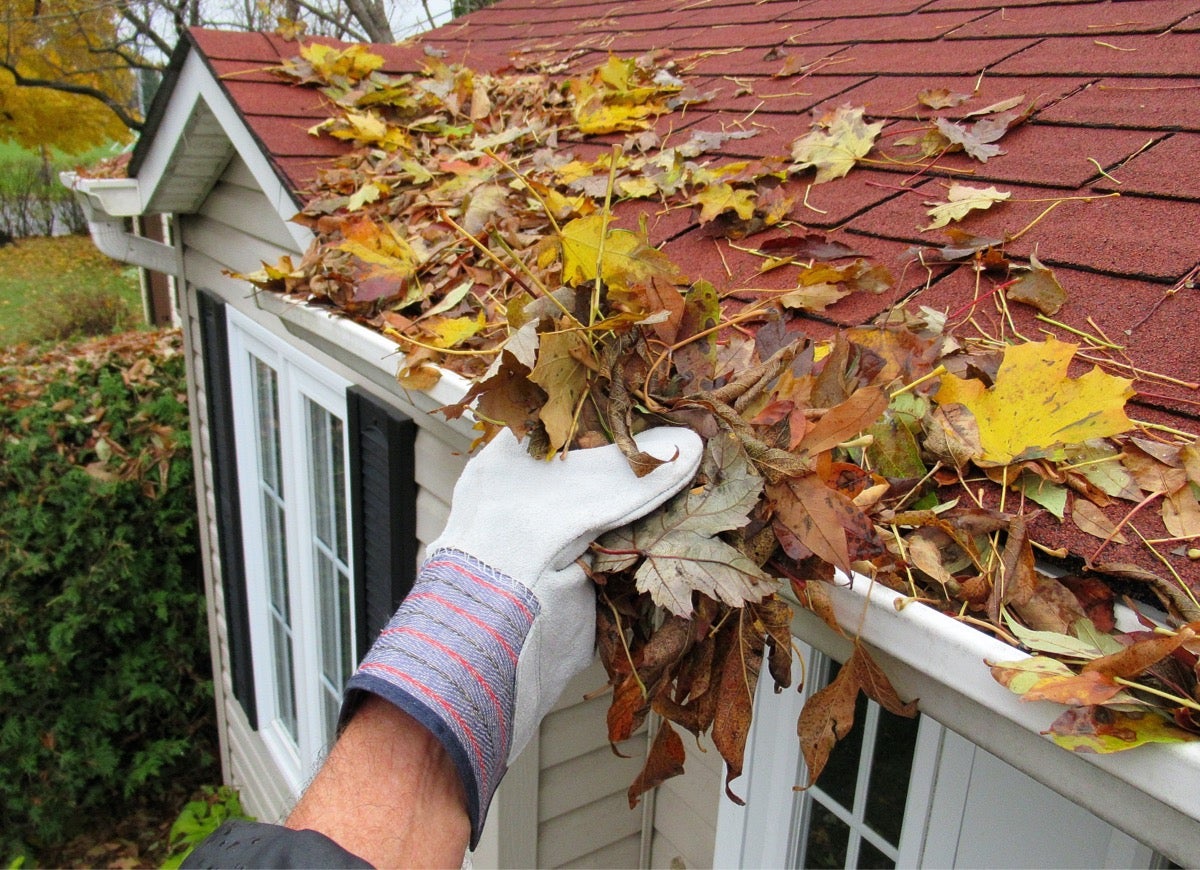
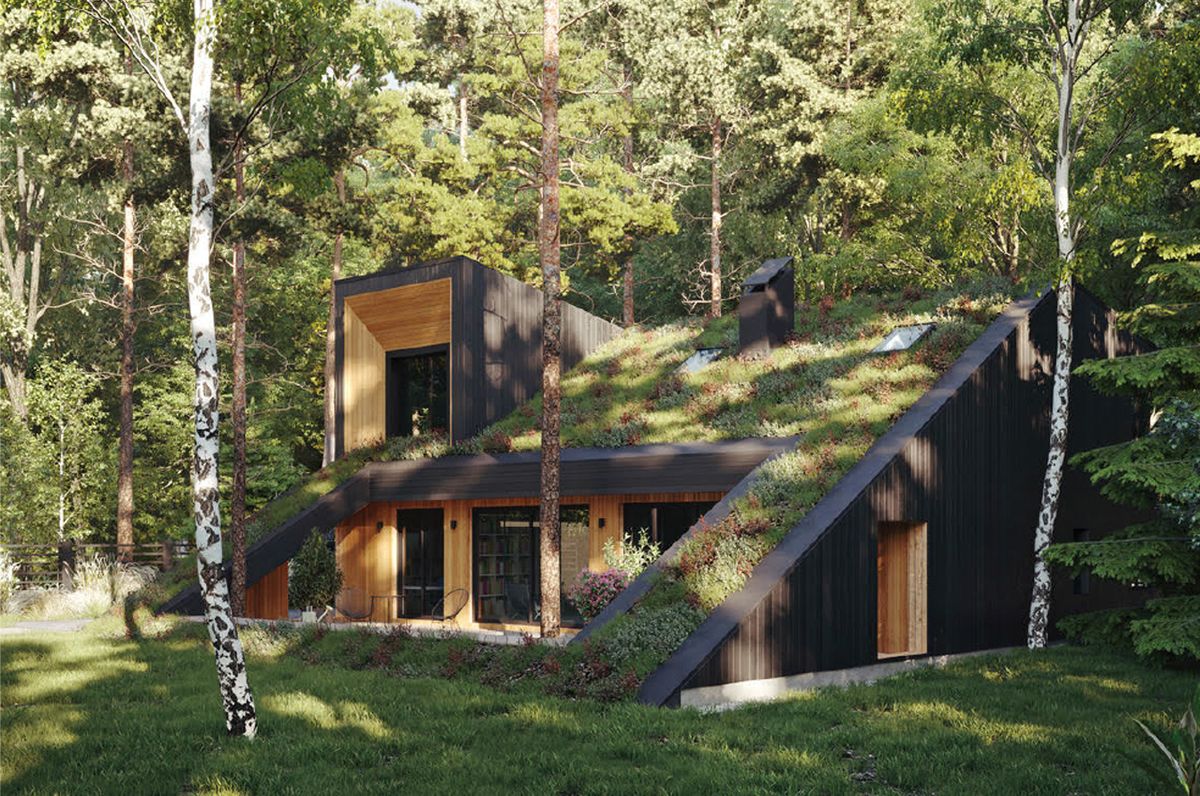
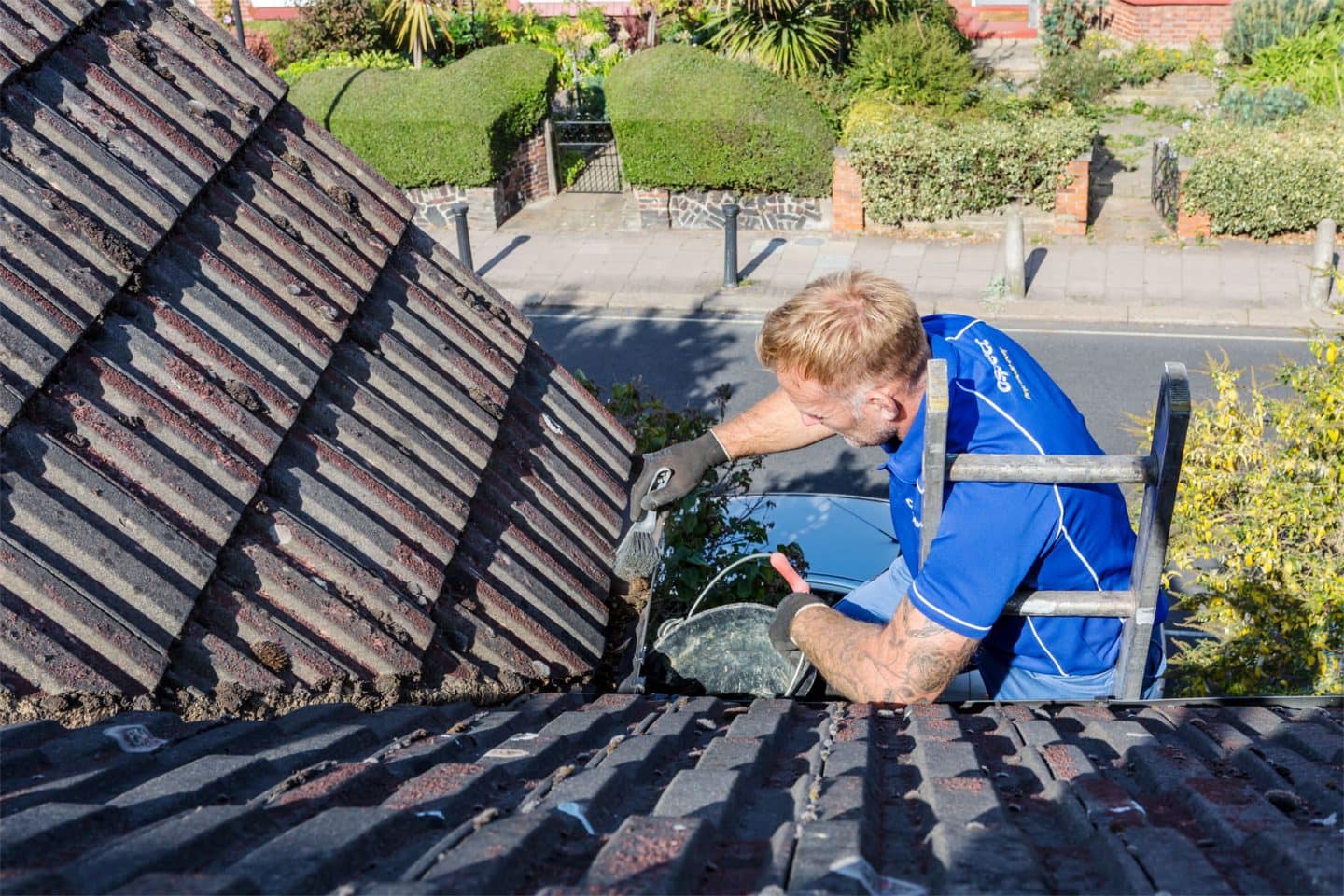
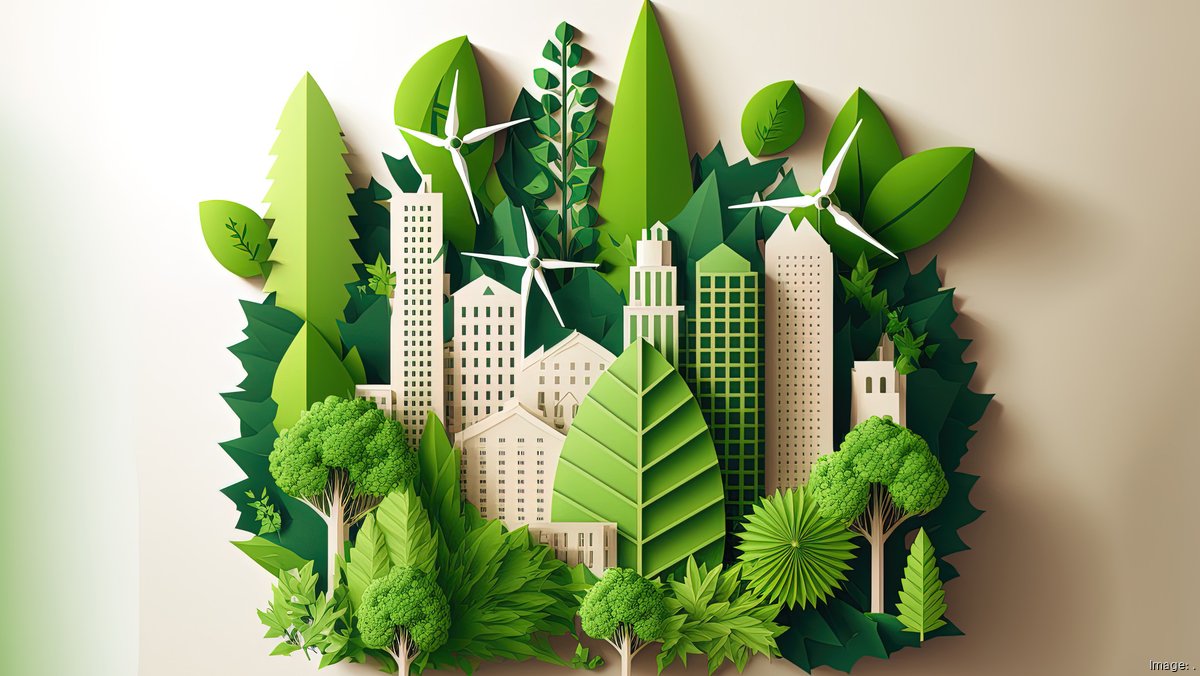
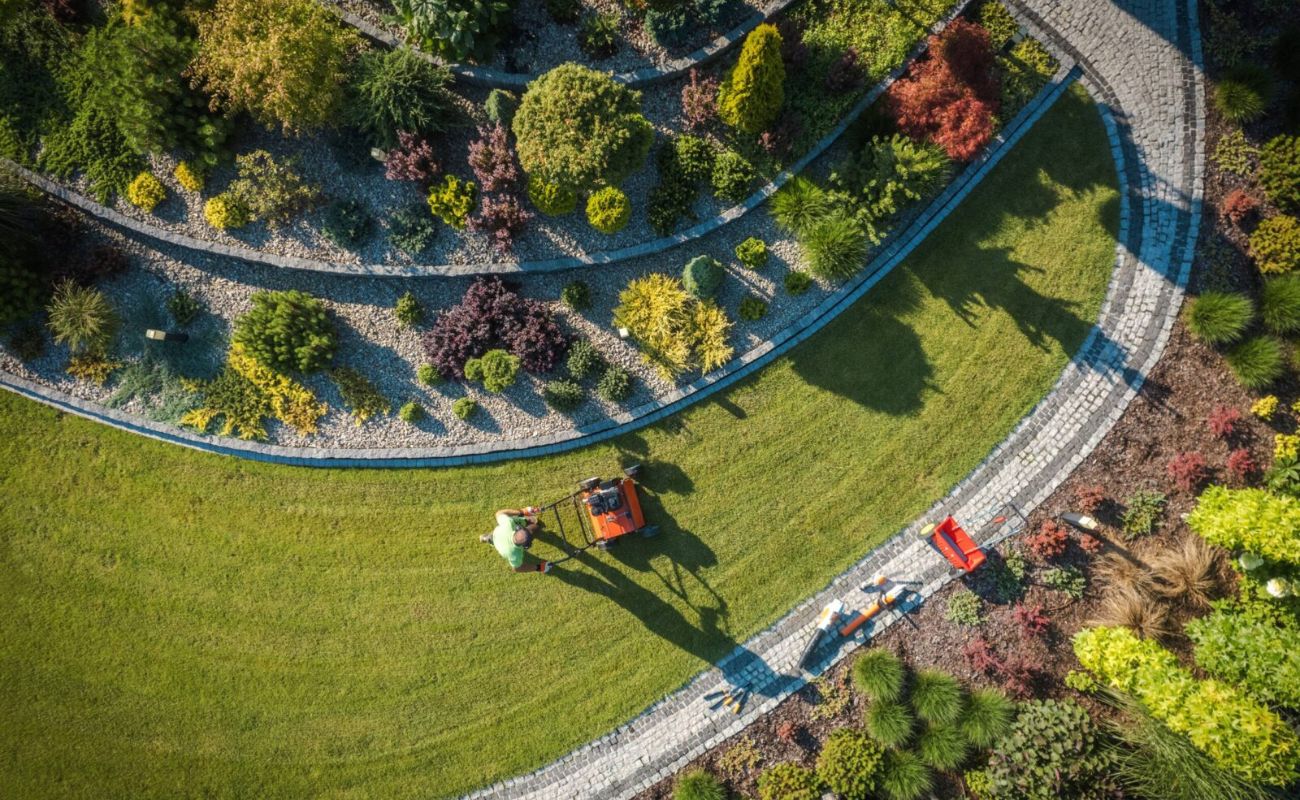
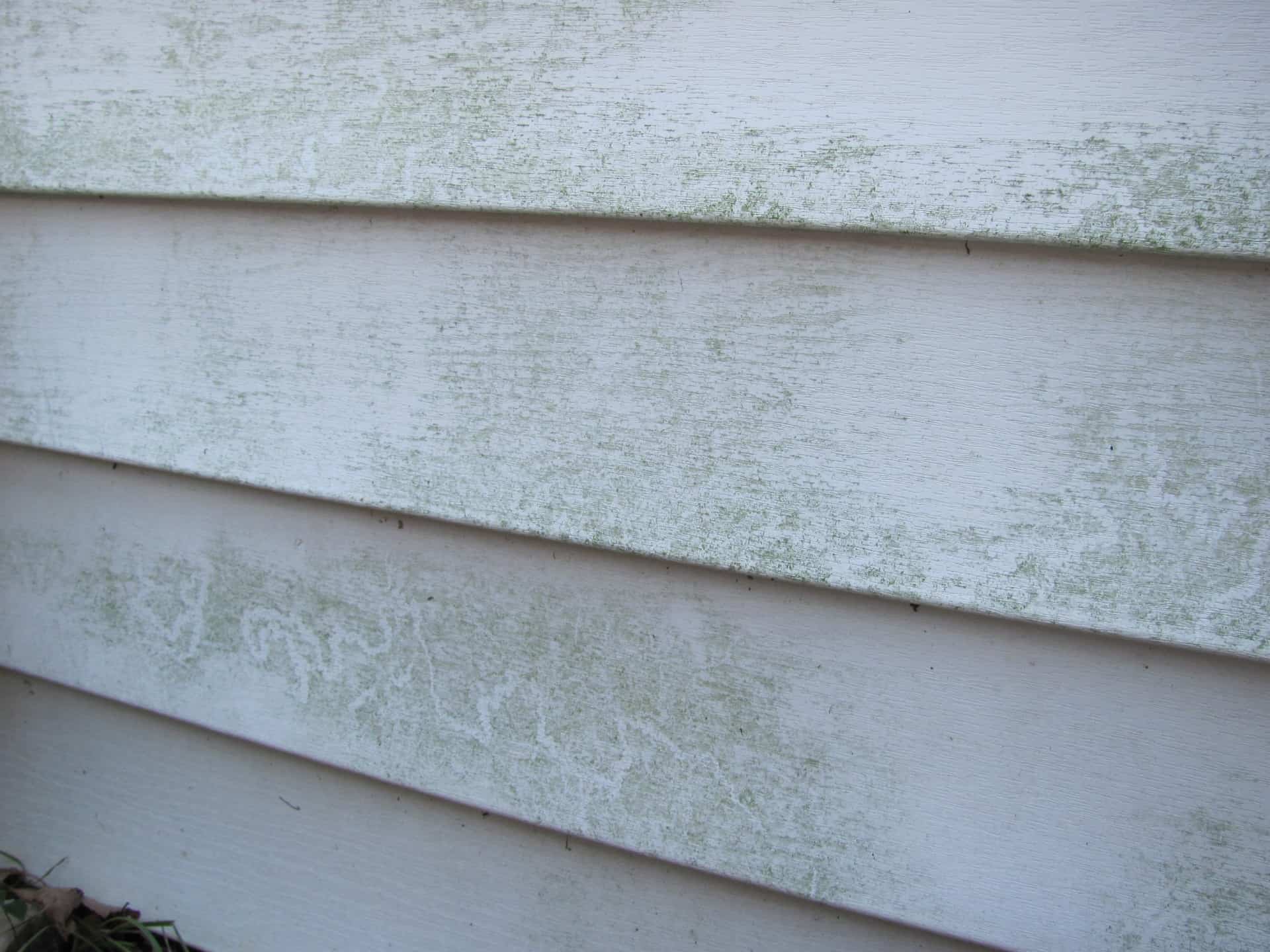
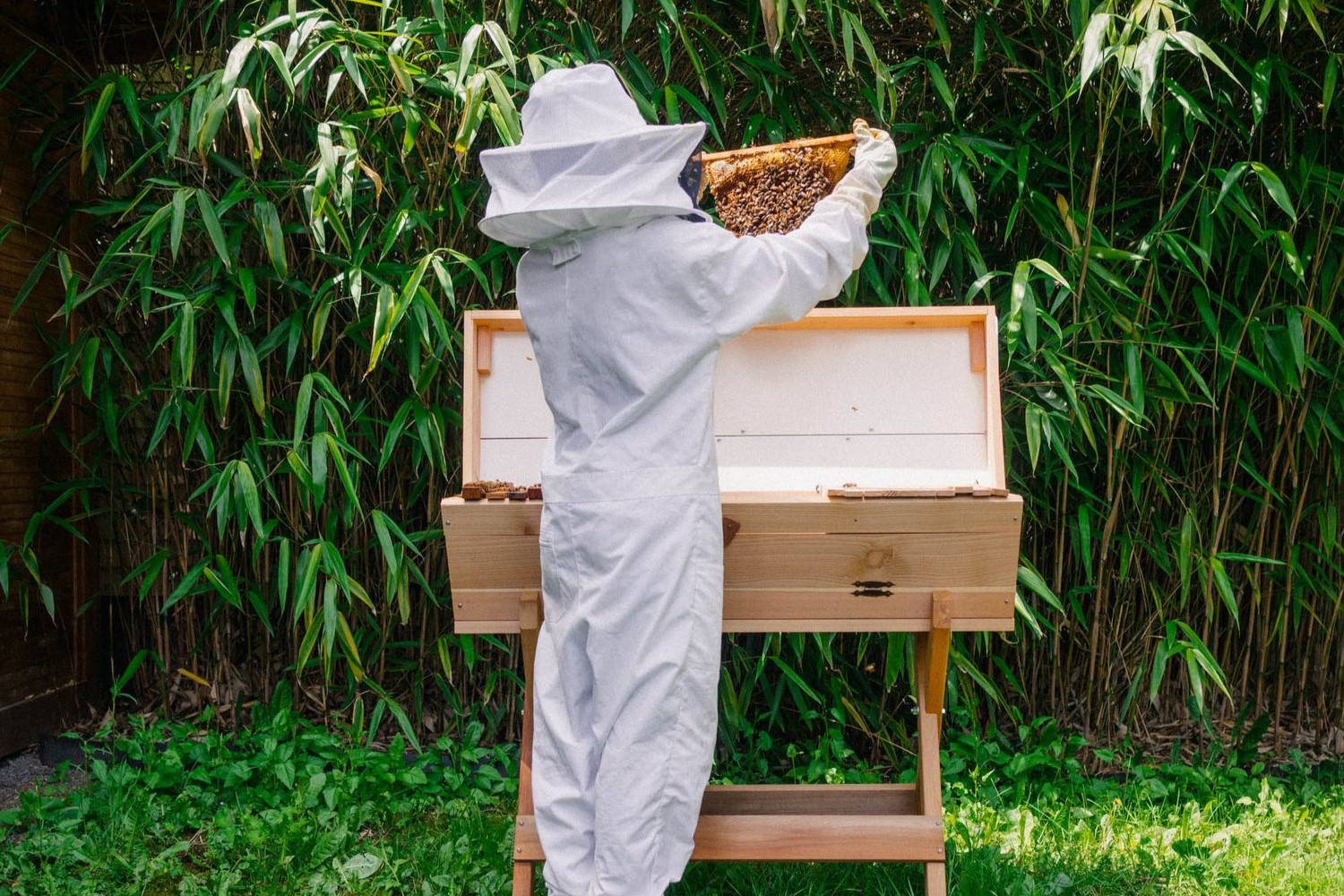
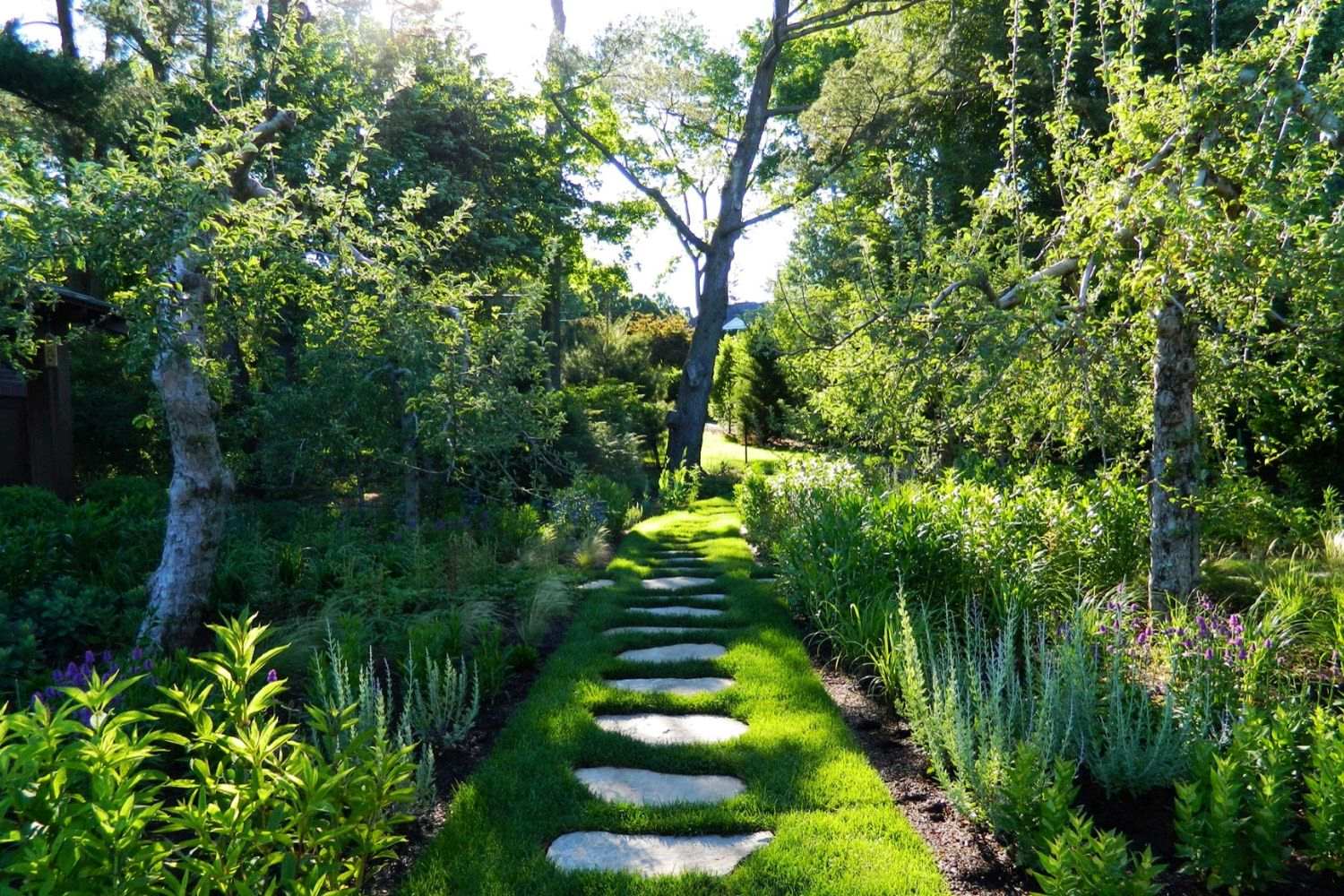
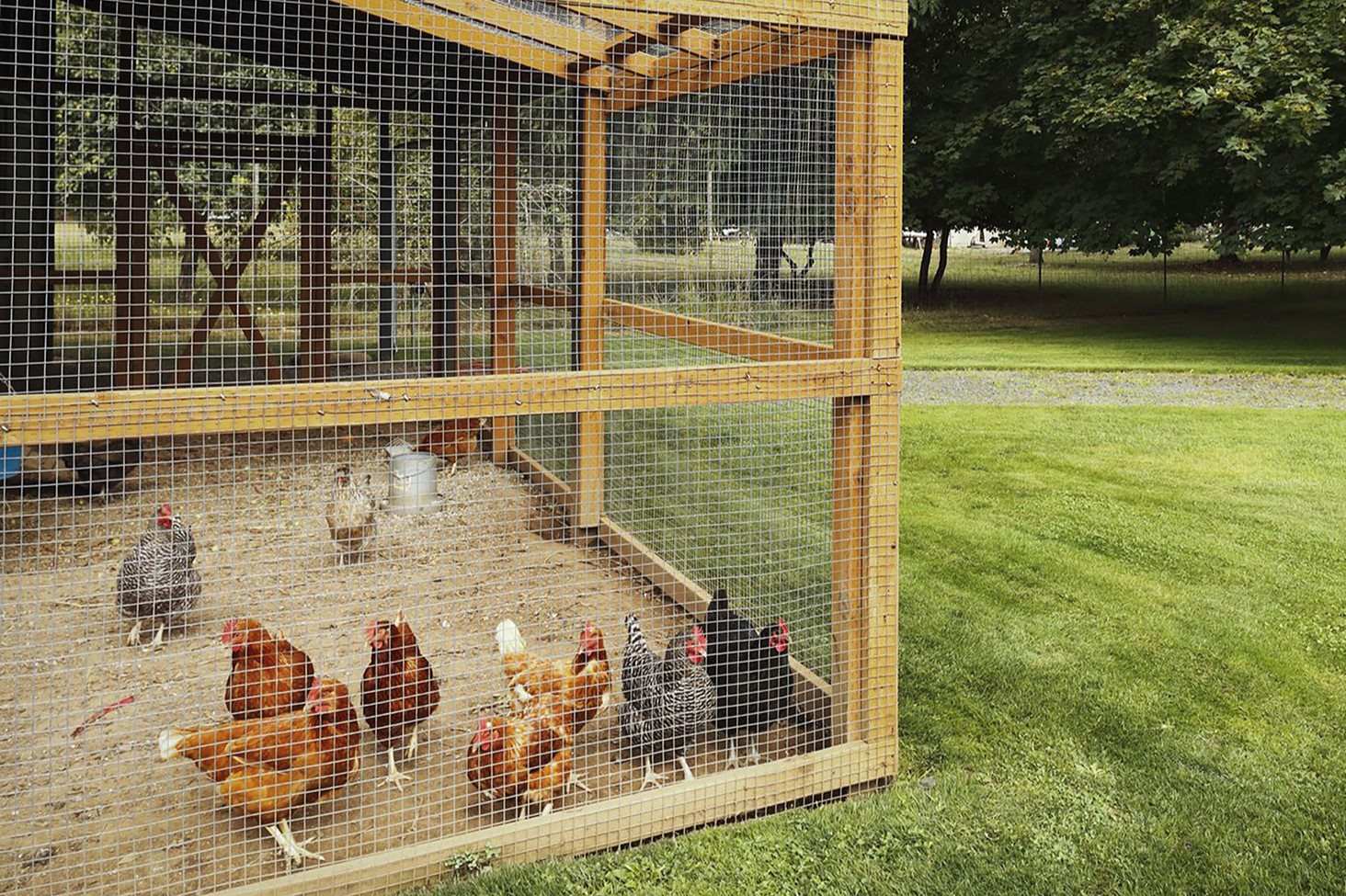

0 thoughts on “Green Roof Maintenance Tips for Sustainable Roofing Solutions”